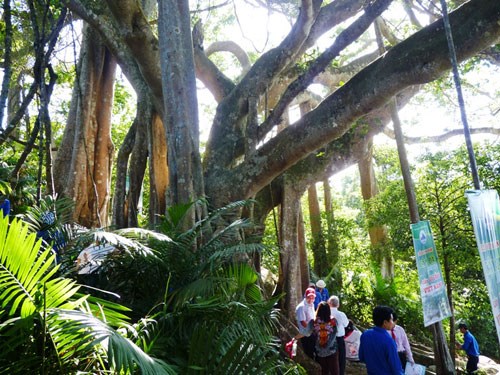The Ministry of Culture, Sports and Tourism recognized a fishermen’s festival in the Mekong Delta province of Tra Vinh as national intangible heritage on June 7.

The My Long festival has been held in the province’s Cau Ngang District since 1920 to worship whales – considered supernatural protectors of fishermen – and to pray for good luck.
The festival was held on the 10-12 days of the fifth lunar month, which fell June 7-9 this year.
Tran Van Lung, a dignitary at the temple in My Long Town, said they've hosted the festival every year since 1920.
“It’s a ritual to show gratitude of locals towards the sea and pray for good weather, success at sea and a happy life,” he said.
The event is also held to worship ancestors who claimed the land and local soldiers who died defending the country, he said.
The festival is Tra Vinh’s third national intangible heritage.
The other two include two traditional music genres, don ca tai tu (a Kinh favorite) and Chamrieng Chapay performed by ethnic Khmer residents in Tra Cu District’s Tan Hiep Commune.
In related news, the Vietnam Association for Conversation of Nature and Environment has granted a national heritage title to an 800-year-old banyan tree in the central city of Da Nang.

Located on Son Tra peninsula, the bayan tree (Ficus bengalensis) stands 25 meters (82 feet) tall and has 26 aerial roots; it is considered as one of the country’s oldest tree of its species.
During the ceremony to bestow the recognition, Huynh Duc Tho, deputy chairman of Da Nang People’s Committee, said apart from its ecological value, the tree has been associated with Da Nang’s heroic history.
It offered a hiding and meeting place to revolutionary forces during their defensive wars against the French and US forces, he said.
The tree is located in the Son Tra Peninsula Natural Reserve which is home to the endangered red-shanked douc (Pygathrix nemaeus).
Source: thanhniennews.com
